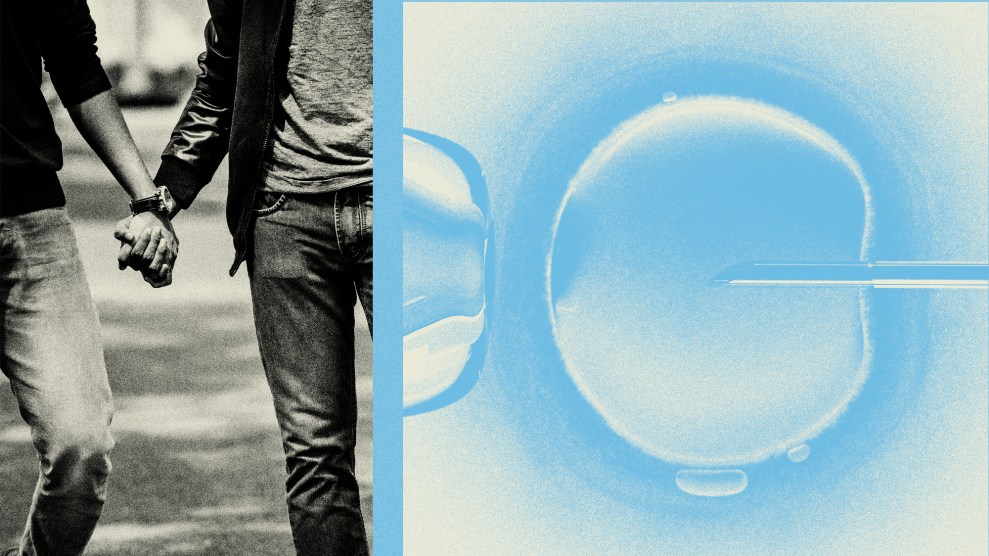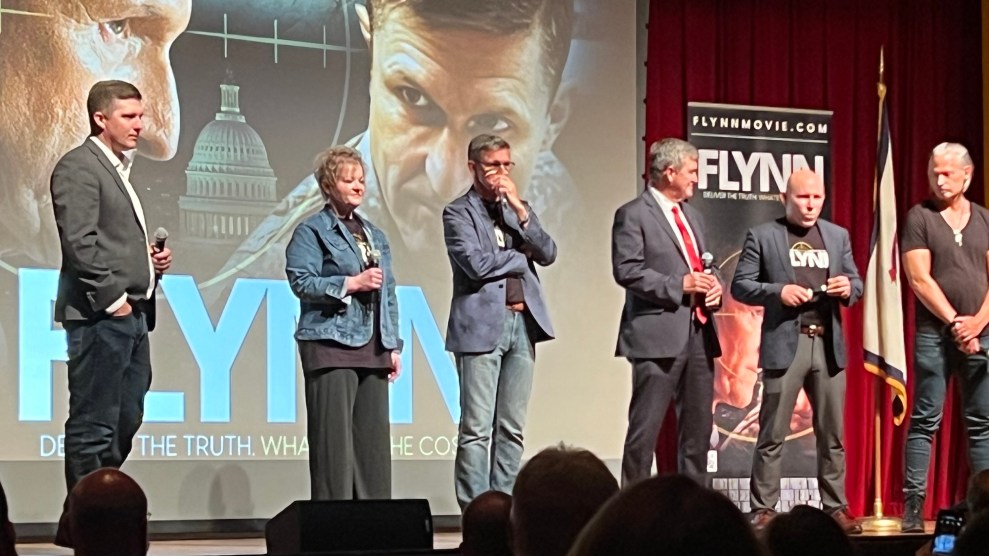 Austin Frakt writes about the stunningly widespread use and abuse of narcotic painkillers in the US:
Austin Frakt writes about the stunningly widespread use and abuse of narcotic painkillers in the US:
Opioids now cause more deaths than any other drug, more than 16,000 in 2010. That year, the combination of hydrocodone and acetaminophen became the most prescribed medication in the United States. Patients here consumed 99 percent of the world’s hydrocodone, the opioid in Vicodin. They also consumed 80 percent of the world’s oxycodone, present in Percocet and OxyContin, and 65 percent of the world’s hydromorphone, the key ingredient in Dilaudid, in 2010. (Some opioids are also used to treat coughs, but that use doesn’t seem to be a major factor in the current wave of problems.)
When I got out of the hospital a couple of months ago, I was in considerable pain. The answer was morphine. For about two weeks, I took a couple of low-dose morphine tablets each day. Then the pain eased and I stopped.
I resisted the morphine at first, and my doctor had to argue me into using it regularly. “You broke a bone in your back,” she told me. “Your pain is legitimate. We have a lot of experience treating pain with morphine, and you’ll be all right.”
I finally listened, and the morphine did indeed work as advertised. But it somehow got me thinking. Morphine? That’s the best we can do? This stuff was invented 200 years ago. And while there are newer painkillers around, they’re all opioids of one kind or another with all the usual horrible side effects1. How is it that in over a century of research, we still know so little about pain that we haven’t been able to create a powerful, non-opioid painkiller?
I’m not really going anywhere with this. I’m just curious. Are there any good books, or even long magazine articles, about this? Why is that even after gazillions of dollars of effort, we’re still relying on variants of the opium poppy for serious pain relief? It’s the 21st century. How come we can’t do better?
1Addiction, nausea, wooziness, constipation, etc.

















